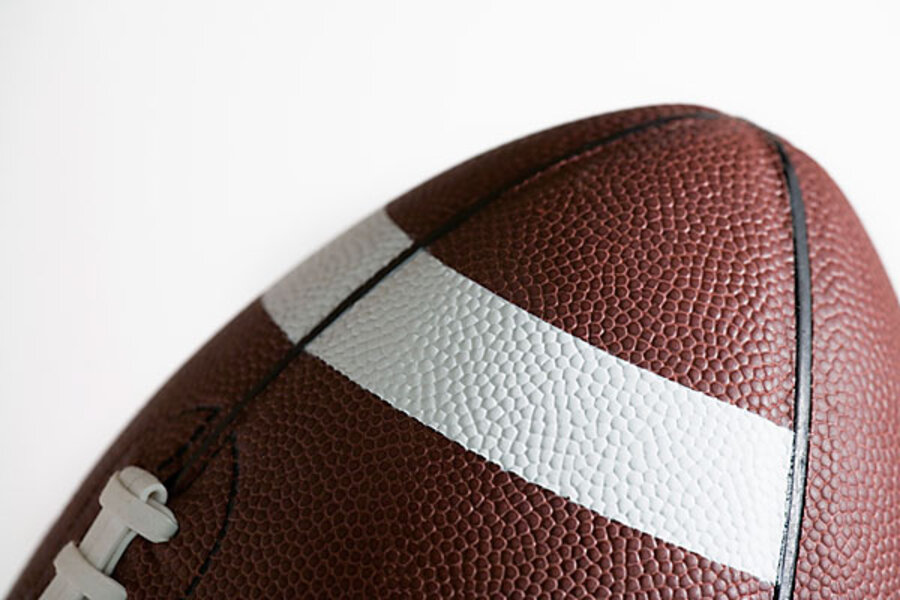What determines a college bowl invite: wins or ticket sales?
Loading...
Todd McCubbin, the executive director of the University of Missouri Alumni Association, writes a short piece on the number of tickets sold by Mizzou to this year's Texas Bowl. His short essay is located on page 47 of the spring 2010 issue of the Mizzou alumni magazine (I don't have a link to the piece, but here's a general link to the alumni magazine).
"The mystery of the Big 12 bowl selection process still casts a shadow on the 2009 campaign. For the third consecutive year, teams the Tigers defeated were selected ahead of them. Our e-mail and phone lines were busy as many of you voiced concerns about the process.
The media shed light: The bottom line seems to be that, unless a team is conference champion, wins and losses mean little. Instead, bowl organizations make selections based partly on television ratings but mosly on how many fans travel to watch the game in person. It can be tough to swallow that a team's performance on the field can count for so little."
McCubbin goes on to say that about 10,000 Mizzou fans made the trip to Houston, but that was short of the school's 11,000 ticket allotment.
As part of my sabbatical research, I have been working on examining the ticket sales made at the institutional level for the 2008-2009 bowl season. My source for tickets sold is this post at the Wiz of Odds. The results are preliminary and, as such, have not been peer-reviewed yet. So take this for what it's worth.
Here are some results from a preliminary STATA analysis on my data. The numbers are the result of an OLS regression.
| Variable | Parameter | Standard Err | t-statistic | p-value |
| Tradition | 264.3157 | 45.48273 | 5.81 | 0 |
| Years Since Last Bowl | 618.8521 | 112.5678 | 5.5 | 0 |
| Dist from Nearest NFL Stadium | 17.07413 | 2.621021 | 6.51 | 0 |
| Distance from Bowl Location | -2.229766 | 1.103187 | -2.02 | 0.048 |
| BCS Dummy | 3382.728 | 2124.074 | 1.59 | 0.117 |
| Local Population | 0.0006327 | 0.0003135 | 2.02 | 0.048 |
| Private School Dummy | -4206.533 | 1783.724 | -2.36 | 0.022 |
| Intercept | 1474.826 | 1355.562 | 1.09 | 0.281 |
| N = 64 | ||||
| F(7, 56) = 0 | ||||
| R-Sq = 0.6700 | ||||
| Root MSE = 4785.7 |
I defined Tradition as the number of Division/FCS level bowls the program has been to in its history. Local population is the local population of the university's city. I tried controlling for university enrollment and bowl city average temperature during the month of the bowl but neither added anything to the results. I didn't have any information on ticket prices.
The regression explains about two-thirds of the variation in ticket sales. Not too bad. The analysis tells me that teams that have more tradition sell more tickets. For every bowl game the team has been to in the past, about 264 more tickets are sold. Teams that haven't been to a bowl in awhile sell more tickets (this tells me that winning is subject to diminishing marginal utility). For every year it's been since the last bowl appearance, the university sells about 619 more tickets. The farther a university is from an NFL stadium, the more tickets sold (about 17 more tickets for every mile in distance away from the NFL stadium). The farther the university is from the bowl location, the fewer tickets sold (about 2 fewer for every mile in distance). Playing in a BCS game doesn't statistically explain the variability of ticket sales. The bigger the local city's population in which the university sits, the more tickets that are sold. Lastly, private schools on average sell about 4,207 fewer tickets to their games.
So, if bowl executives do pay attention to expected ticket sales and to the extent my analysis captures what they do, they pay attention to tradition, how long it's been since the team last went to a bowl, how far a team is from an NFL stadium, the distance to the bowl, the university city's population, and whether the school is public or private.
So how did Mizzou perform in terms of the number of tickets sold through the athletic ticket office to the Alamo Bowl game the football team played in? According to my calculations, Mizzou should have sold about 8,817 tickets. They actually sold 6,050. Part of the difference can probably be attributed to randomness inherent in the data. But part of it could be that there may be some reason for fan disinterest at Mizzou that I don't capture with my regression. If it's the latter, what could it be?
Add/view comments on this post.
------------------------------
The Christian Science Monitor has assembled a diverse group of the best economy-related bloggers out there. Our guest bloggers are not employed or directed by the Monitor and the views expressed are the bloggers' own, as is responsibility for the content of their blogs. To contact us about a blogger, click here. To add or view a comment on a guest blog, please go to the blogger's own site by clicking on the link above.





